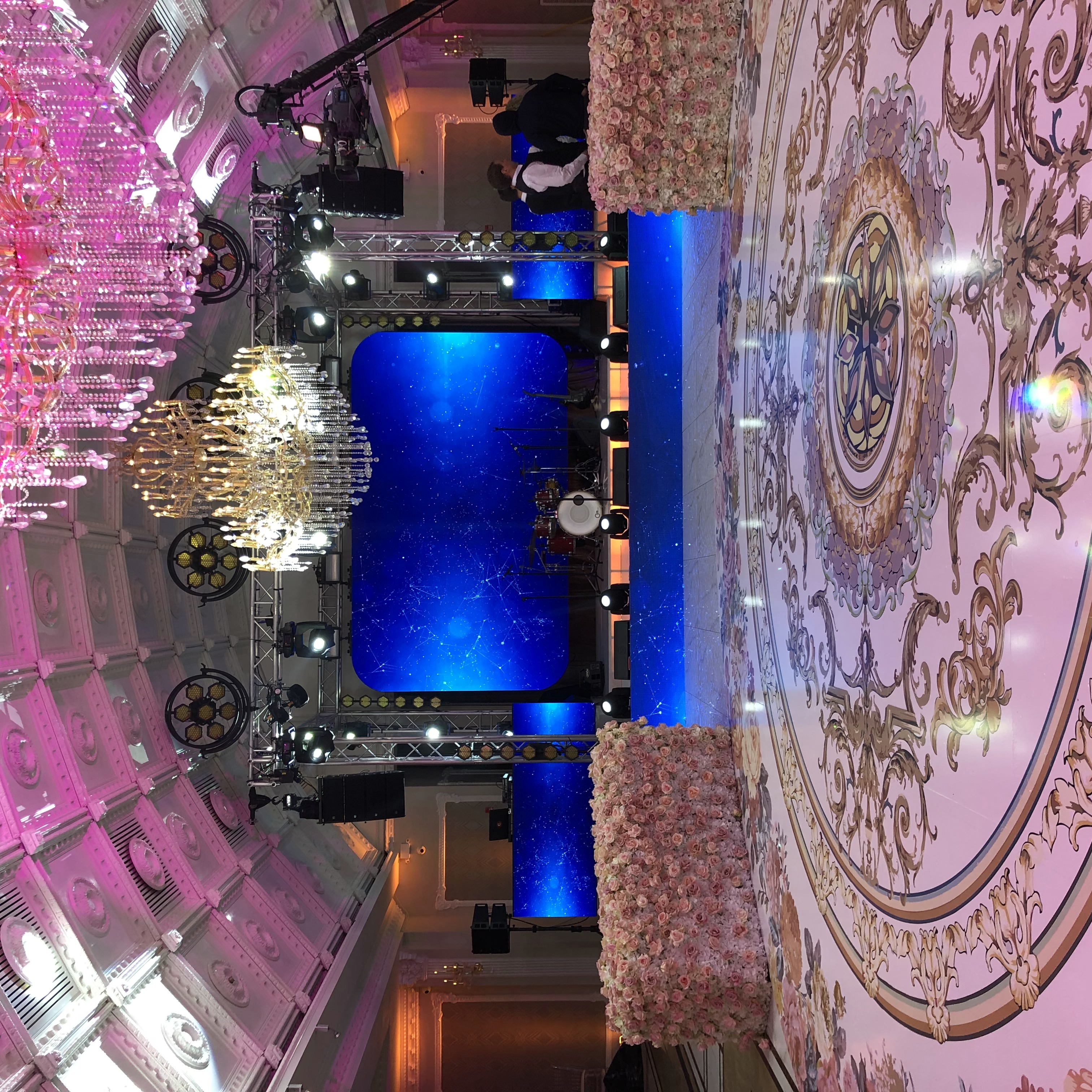Frequently Asked Questions
Dynamic light transitions significantly influence the emotional responses of audiences during live performances by manipulating the ambiance and mood through variations in color, intensity, and movement. These transitions can evoke a spectrum of emotions, from excitement and anticipation to calmness and introspection, by synchronizing with the rhythm and tempo of the performance. The use of color theory, such as warm hues to create a sense of warmth and intimacy or cool tones to evoke tranquility and detachment, plays a crucial role in shaping audience perception. Additionally, the interplay of light and shadow can enhance dramatic tension, while the speed and fluidity of transitions can mirror the emotional arc of the narrative, thereby deepening audience engagement. The strategic use of lighting cues, such as strobe effects or gradual fades, can also heighten sensory experiences, making the performance more immersive and emotionally resonant.
Color changes in lighting play a crucial role in maintaining audience attention throughout a performance by enhancing visual engagement and emotional resonance. Dynamic lighting shifts, utilizing a spectrum of hues and intensities, can underscore narrative developments, highlight key moments, and evoke specific moods, thereby guiding the audience's focus and emotional response. The strategic use of color temperature, saturation, and contrast can create visual interest and prevent monotony, while also supporting thematic elements and character arcs. By employing techniques such as color transitions, fades, and strobe effects, lighting designers can manipulate the atmosphere, drawing the audience deeper into the performance's immersive experience. Additionally, the interplay of warm and cool tones can delineate different scenes or emotional states, ensuring that the audience remains captivated and connected to the unfolding story.
The timing and speed of light transitions significantly influence audience perception and engagement by manipulating visual focus, emotional response, and narrative pacing. Rapid light transitions can heighten tension and excitement, drawing attention to key moments and enhancing dramatic impact. Conversely, slow transitions can create a sense of calm or introspection, allowing the audience to absorb and reflect on the scene. The synchronization of light changes with audio cues, such as music or dialogue, further amplifies emotional resonance and narrative coherence. Effective use of light transitions can guide the audience's gaze, emphasize spatial dynamics, and maintain visual interest, ultimately enhancing the immersive experience and emotional connection to the performance or presentation.
Dynamic lighting effects significantly enhance the narrative and thematic depth of a live performance by manipulating mood, focus, and atmosphere. Through the strategic use of color temperature, intensity, and direction, lighting designers can evoke specific emotions, highlight pivotal moments, and guide the audience's attention to key elements on stage. For instance, warm hues might convey intimacy or nostalgia, while stark, cold lighting can create tension or foreboding. The interplay of shadows and highlights can symbolize internal conflict or duality within characters, while synchronized lighting changes can accentuate the rhythm and pacing of the performance, reinforcing dramatic arcs or thematic transitions. Additionally, the use of gobos, spotlights, and moving lights can create dynamic visual landscapes that mirror the narrative's progression, immersing the audience in the story's world and enhancing the overall sensory experience.
Different demographic groups exhibit varied responses to dynamic light transitions, with factors such as age, cultural background, and sensory sensitivity playing significant roles in their levels of engagement and enjoyment. Younger individuals, particularly those in the Gen Z and Millennial cohorts, often show heightened engagement with dynamic lighting due to their familiarity with technology and preference for immersive experiences, which can enhance their mood and cognitive performance. In contrast, older adults, especially those from the Baby Boomer generation, may experience discomfort or reduced enjoyment due to potential glare sensitivity or slower adaptation to changing light conditions, which can affect their visual acuity and circadian rhythms. Cultural influences also impact responses, as individuals from regions with distinct lighting traditions, such as Scandinavia's emphasis on natural light, may have different expectations and preferences compared to those from areas with less daylight exposure. Additionally, people with sensory processing disorders or autism spectrum conditions may find dynamic light transitions either overstimulating or soothing, depending on the intensity and frequency of changes. Overall, the interplay of these demographic factors underscores the importance of personalized lighting solutions to optimize engagement and enjoyment across diverse populations.

